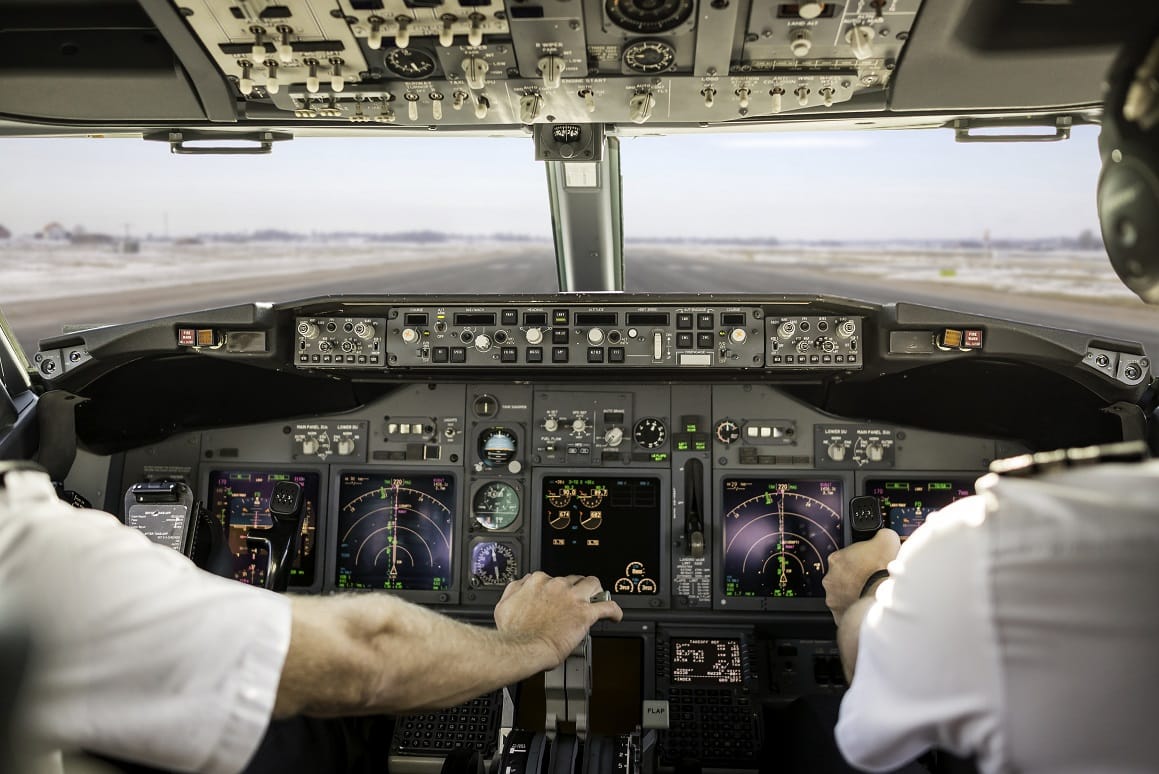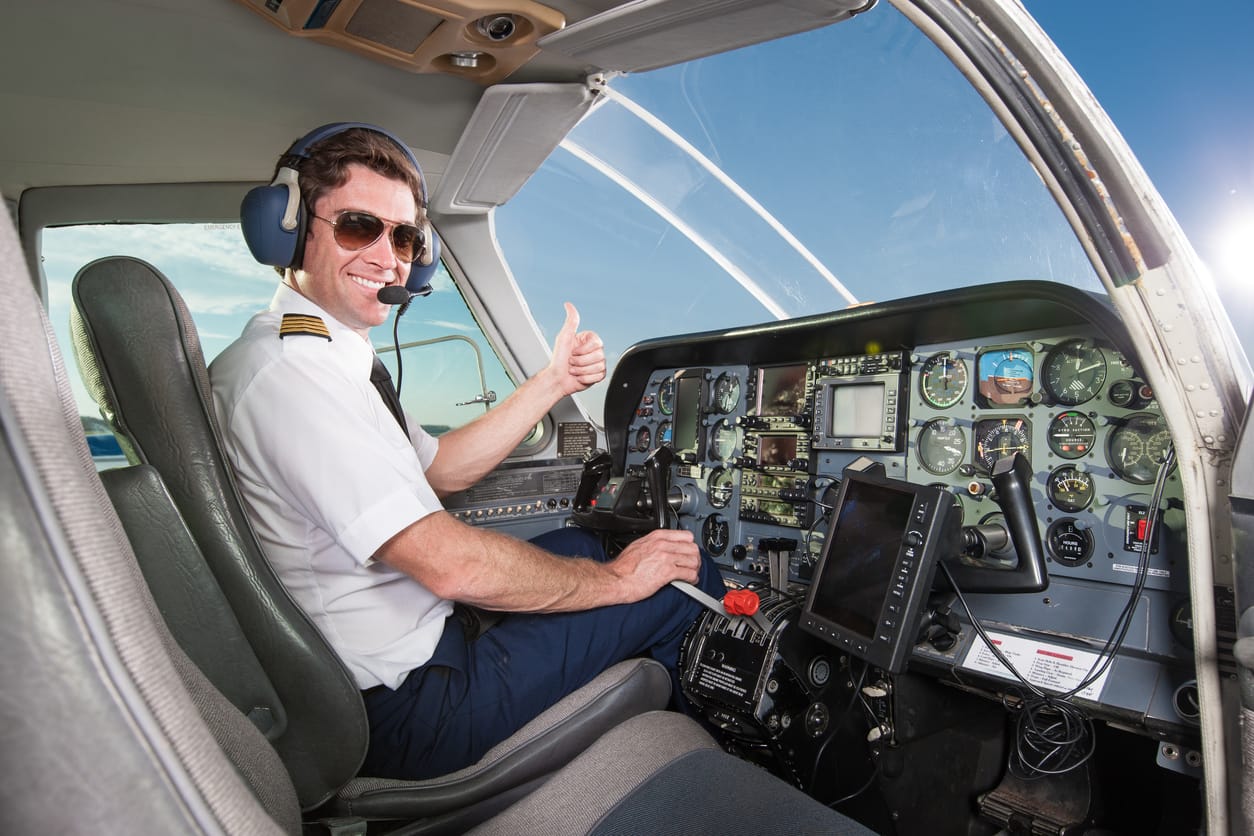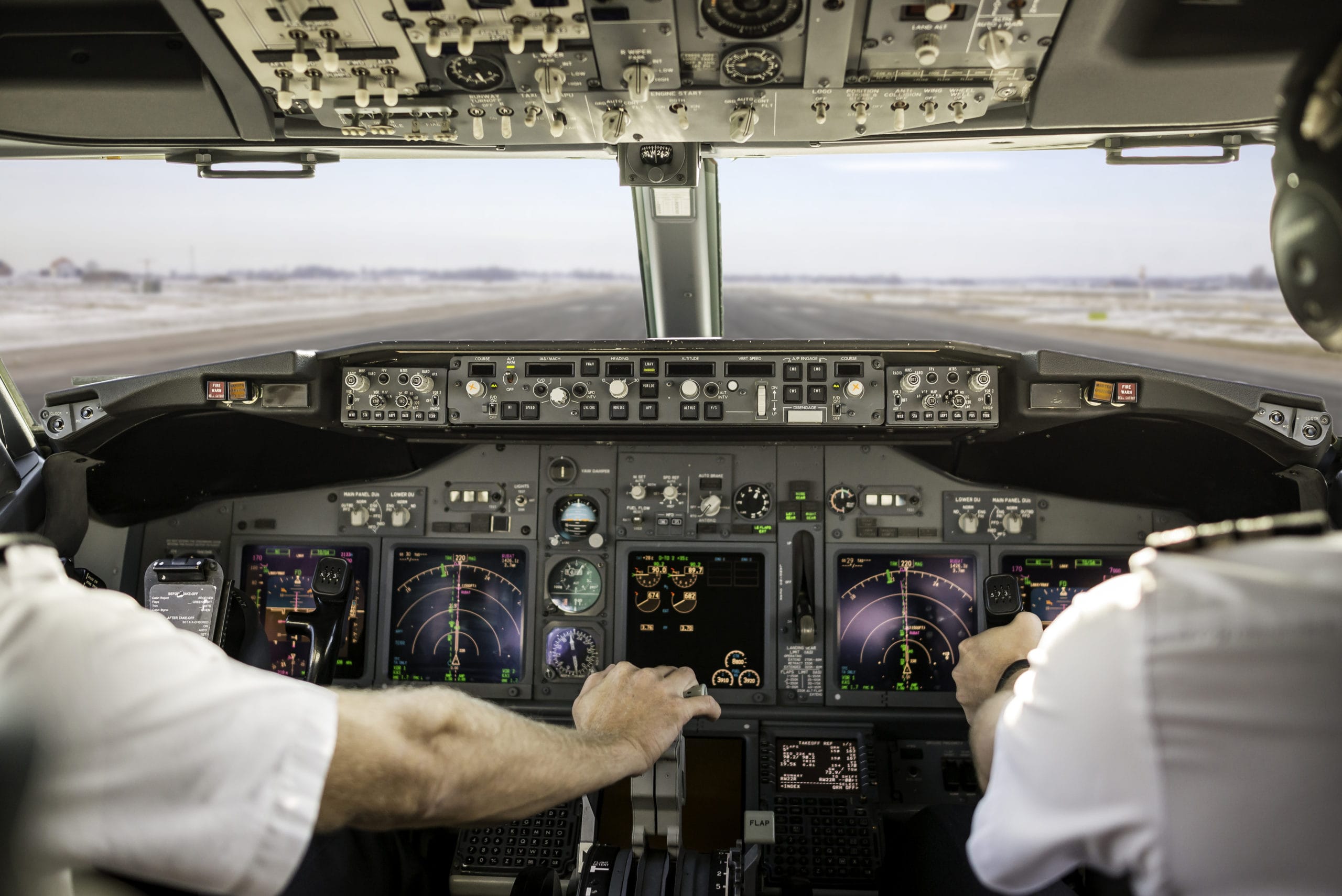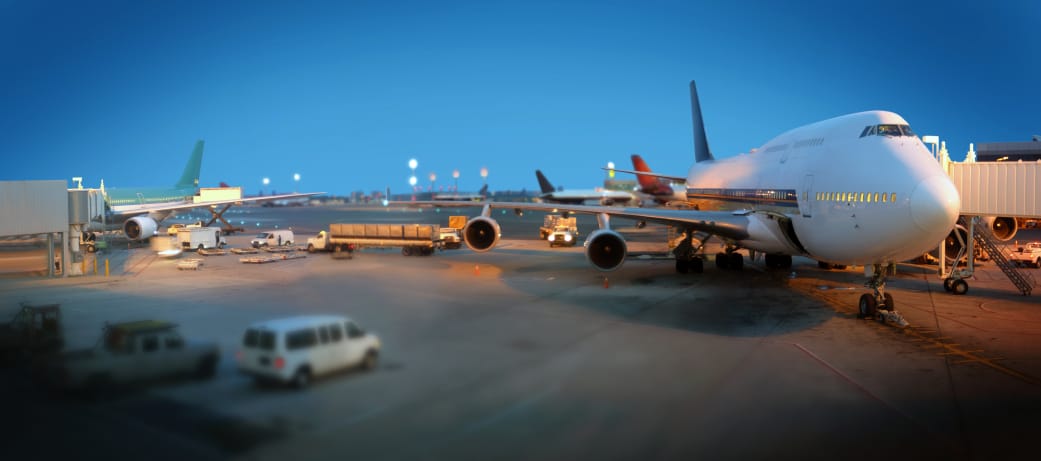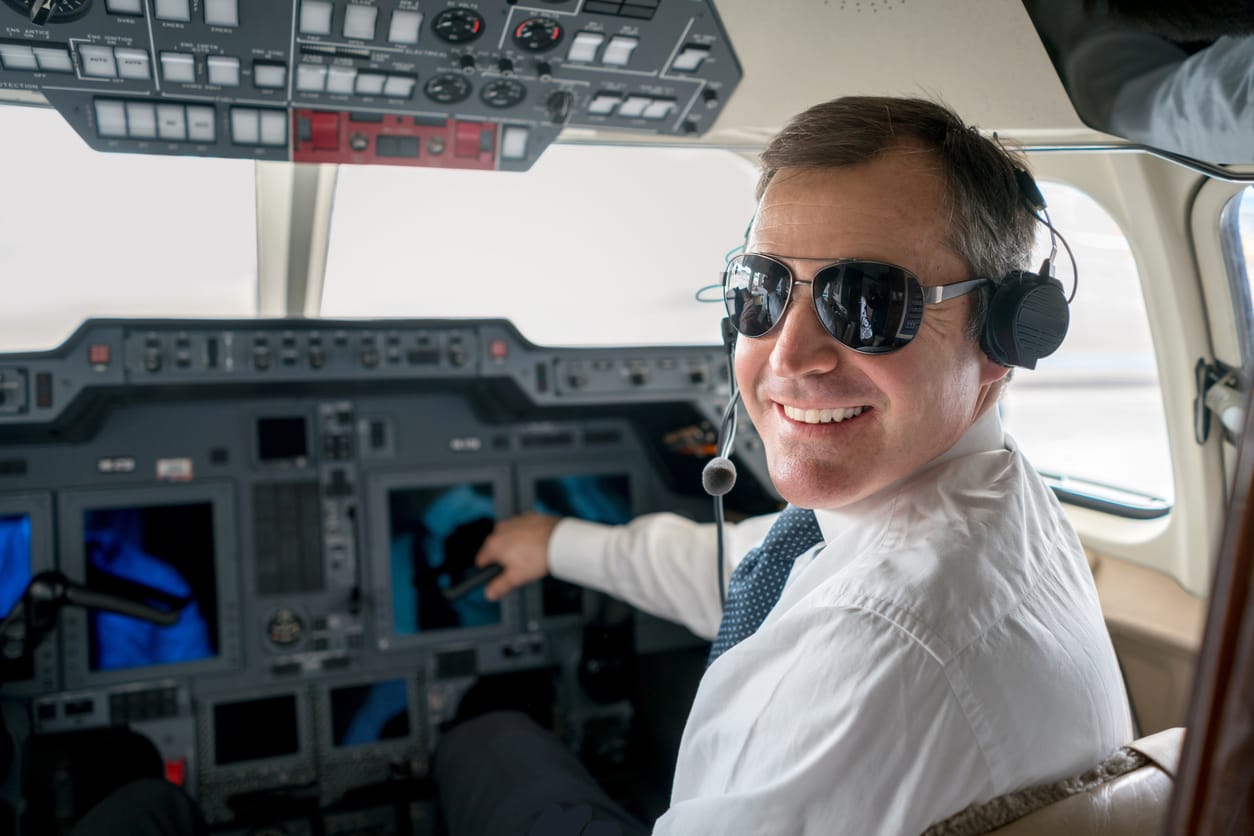While many general aviation pilots take to the skies simply because they love it, flying remains a hobby. Others, however, are eager to make a living while flying. Both kinds of pilots keep the general aviation industry alive.
Many pilots join the military or become regional or major airline pilots. These jobs tend to offer the most pay and security, but not everyone’s dreams of a job in aviation are in the cockpit of a Boeing 787 Dreamliner, flying long haul passenger flights around the world. For pilots who prefer to stay closer to home or stick with smaller jets, commercial piloting is the way to go.
There are many options for pilots pursuing a commercial career. But even before filling out any applications or offering one’s services as a pilot, a lot of work has to be done.
The Difference Between a Private Pilot and Commercial Pilot
The private pilot education process emphasizes aeronautical knowledge and demonstration of safe airmanship. It is a major accomplishment. But obtaining one’s commercial certificate is even more difficult. It asks the pilot to refine his or her skills and demonstrate enough finesse so that he is not only safe but that paying passengers are comfortable.
Part of the commercial training asks pilots to demonstrate knowledge of what the FAA does and does not permit when pilots fly the general public. For example, a private pilot may not advertise him or herself to the public as a carrier or operate an airline. Specific guidelines also dictate what constitutes, for example, an air carrier. A commercial pilot must show a thorough understanding of these laws.
Bolstering Your Commercial Career Before the Certificate
As many people are discovering, it is vital to think carefully before typing or posting a video or photo online. The public image of a pilot can begin to take shape soon as he or she opens a social media account or a LinkedIn profile. It’s a good idea to occasionally review Twitter feeds, Instagram accounts, and Facebook posts to ensure that you aren’t handing someone an excuse to delete your application email.
The aviation community can be a small one, and a student or private pilot can create havoc for him or herself before even beginning studying for the commercial. A bad impression left by unsafe behavior in the skies or at any airports, speaking with arrogance to senior pilots, acting unprofessionally towards Air Traffic Control or line workers, or demonstrating poor work ethic can help to end or severely damage a commercial career before it even starts. Taking care to treat others kindly—listening to more experienced pilots while encouraging newer ones—isn’t only the right thing to do, it’s just good business sense.
Obtaining the Commercial Certificate
Before flying others, a pilot must demonstrate finesse, command of aviation knowledge, and safety to a certified flight instructor and the FAA. Obtaining a commercial certificate is usually the first major step a pilot takes after earning his private pilot certificate and his instrument rating. This means that the pilot is considered competent to operate the aircraft in adverse weather conditions. While it is possible to hold a commercial certificate without the instrument rating, the pilot would find him or herself restricted by several FAA limitations, which would make it difficult to fulfill several typical commercial pilot job duties.
In order to fulfill the requirements for a commercial certificate, the pilot must be at least 18 with a valid private certificate; be able to understand and communicate in English; pass an FAA practical exam; complete an authorized course of study; pass a medical exam, train for a certain amount of hours in the air, sometimes under instrument conditions and at day as well as night; perform cross-country flights as well as solos; and pass a final exam.
The Importance of Networking
No matter how a pilot chooses to put his commercial certificate to work, he or she has many options when it comes to finding work. The internet makes it extremely easy to find job boards and advertisements in which companies or individuals are seeking pilots with a commercial certificate.
The best strategy for choosing between them is to maintain humility in the early stages and show a willingness to work hard, build time, and sign on for less-than-glamorous work. In addition, a new commercial pilot must network beyond social media. While Facebook groups and Twitter feeds are part of how the aviation world communicates, it’s also vital to make face-to-face contact. This can take place at such events as conventions, air shows, conferences, and fly-ins. Joining such organizations as the Experimental Aircraft Association (EAA) or the Aircraft Owners and Pilots Association (AOPA) is also a good way to learn as much as possible, keep apace of new issues and technology in aviation, meet and work with other pilots, and become familiar with leaders in various aspects of the industry.
Becoming involved in one’s local aviation community can open doors which might otherwise remain shut. Volunteering for such organizations as the Civil Air Patrol or other public aviation groups can not only help a new pilot meet potential contacts and employers, it provides an opportunity to build a strong reputation as a reliable and trustworthy pilot.
Possibilities for Commercial Pilots
Accompanying or interviewing fellow pilots is a good way to explore the various paying jobs of commercial aviation. Once you decide on a path, prepare carefully.
Although it sounds obvious, an important first step is to carefully read any advertisement asking for pilots to ensure that your experience aligns with what the company or individual is seeking. Whether firefighting, providing tourist services, towing banners, chartering, working in aerial photography, “dropping off” skydivers, or becoming a Certified Flight Instructor, applying for a job for which one is far unqualified wastes both your time as well as the potential employer’s. Staying within the required and preferred qualifications helps to keep everyone safe and provides you with a goal to work towards as you “build time.”
Ready to soar in your aviation career?
Mr. Matthew A. Johnston has over 23 years of experience serving various roles in education and is currently serving as the President of California Aeronautical University. He maintains memberships and is a supporting participant with several aviation promoting and advocacy associations including University Aviation Association (UAA), Regional Airline Association (RAA), AOPA, NBAA, and EAA with the Young Eagles program. He is proud of his collaboration with airlines, aviation businesses and individual aviation professionals who are working with him to develop California Aeronautical University as a leader in educating aviation professionals.
